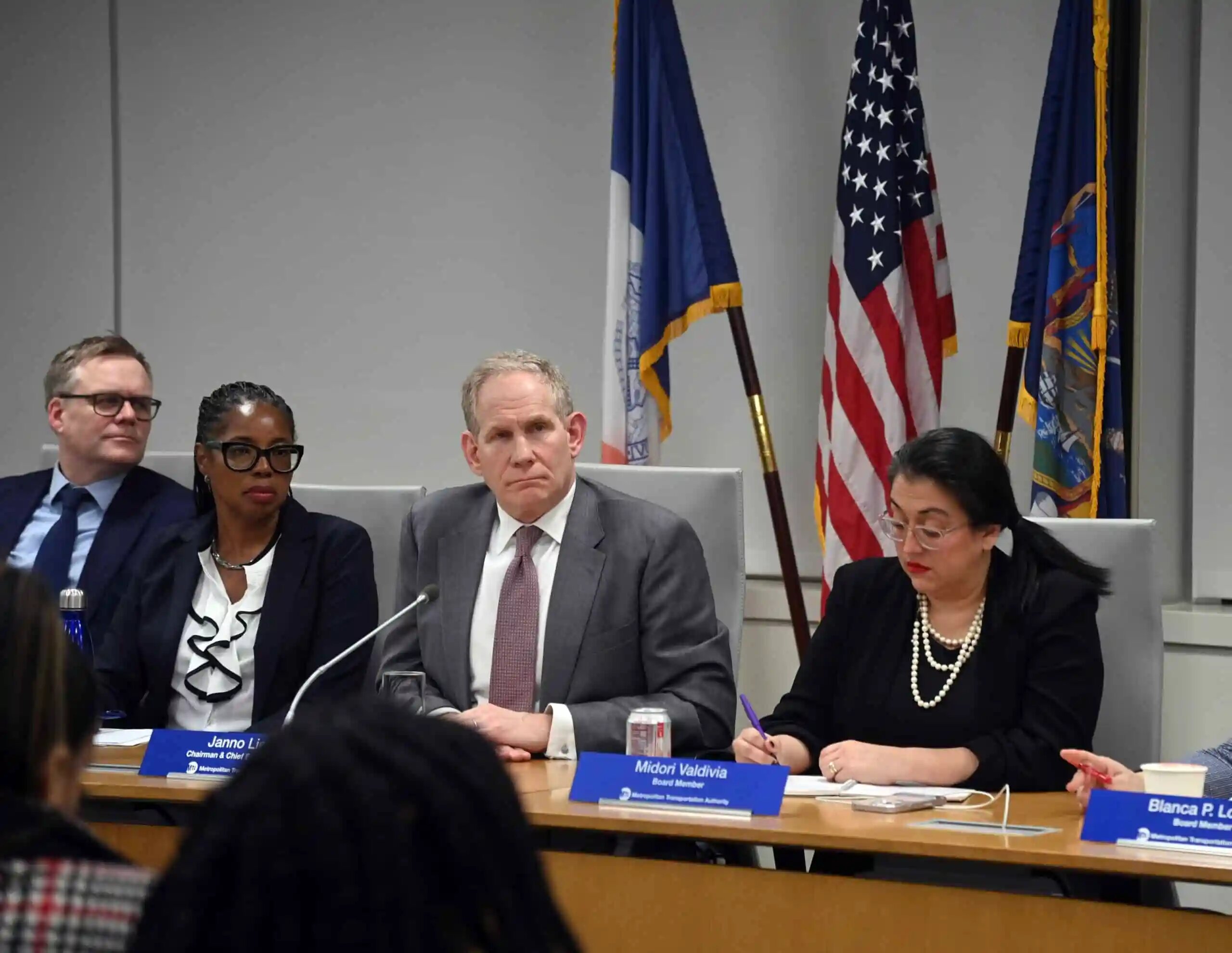
The countdown has begun for Manhattan’s congestion pricing plan, set to launch on June 30, as transit officials have confirmed.
This initiative will introduce a $15 toll for the majority of drivers entering Manhattan below 60th Street during daytime hours. Different rates will apply for larger vehicles, while nighttime entries and motorcycles will enjoy reduced fees.
Envisioned to generate $1 billion annually, the congestion pricing program aims to bolster public transportation for the city’s sizable daily ridership of 4 million.

Janno Lieber, CEO of the Metropolitan Transportation Authority (MTA), emphasized New York’s reliance on mass transit, with over 90% of commuters accessing the central business district via walking, biking, or public transit. The goal is to enhance New York’s status as a mass transit hub.
Advocates highlight the dual benefits of congestion pricing: not only will it raise funds for improving buses and subways, but it will also curb pollution by discouraging car travel into Manhattan.
Julie Tighe, president of the New York League of Conservation Voters, stressed the urgent need to address the climate crisis through measures like congestion pricing.

However, critics argue that the fees will burden commuters, who already contend with bridge and tunnel tolls, and could drive up prices for essential goods transported into the city by trucks.
Despite opposition, congestion pricing is set to make history as the first program of its kind in the United States. A lawsuit filed by New Jersey over the plan remains pending, but Lieber expressed optimism about its resolution.
The tolling system will kick off at 12:01 a.m. on June 30, with a late-night fee of $3.75 for early entrants, before escalating to the full $15 toll at 9 a.m. Low-income drivers can seek congestion toll discounts via the MTA website, while exemptions are available for disabled individuals.